AO Edited
Gastro Obscura
‘Madbasa’
This underground art installation recreates an ancient date honey storeroom.
Originally founded circa 2300 B.C. as the capital of the Dilmun civilization, the Qal’at al-Bahrain, or the Bahrain Fort, is a major archaeological site and UNESCO World Heritage Site on the northern coast of Bahrain, facing the waters of the Persian Gulf.
The fortification saw a continuous human presence for millennia up until the 18th century, as attested by its seven layers of archaeological remains, most notably occupied by the Portuguese.
In the mid-13th century, the ruling Salgharid family installed eight chambers known as madbasa to the fort, though archaeological remains suggest that there had already been one at the site even 2,000 years before that. An integral part of traditional Gulf Arabian culture, a madbasa is a storeroom used to collect date juice for the production of dibis, or date honey, a popular syrup in the Middle East.
In the madbasa, parallel channels were cut into the floor, upon which ripe dates were piled up, so that the juice would be squeezed out by the heat and the pressure. The juice then flowed down the channels into earthenware jars.
Conceived by French artist Marie-Françoise Rouy and sound designer Luc Martinez, the art installation simply titled Madbasa was unveiled in one of the chambers of this ancient fort, part of its interactive art project, evoking the significance of the site.
Know Before You Go
To find the entrance, head to what was once the back of the fort.










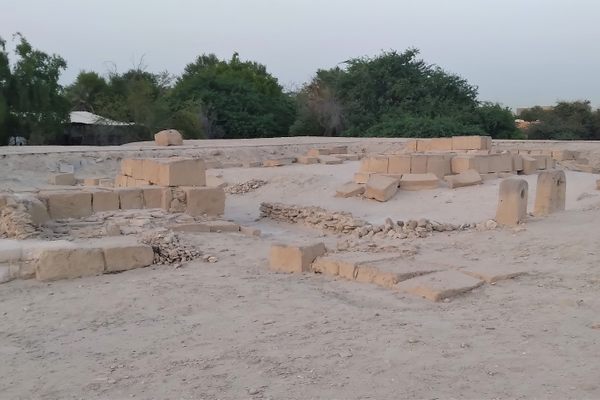

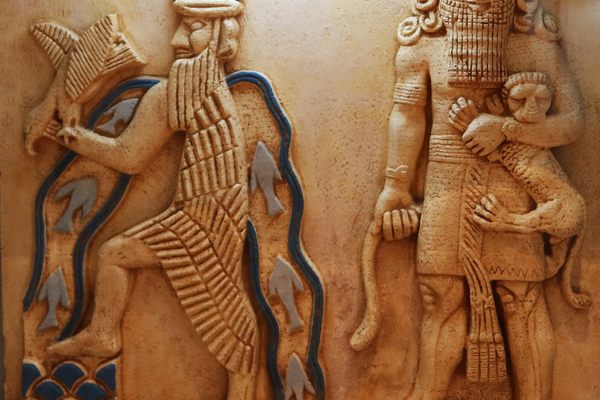
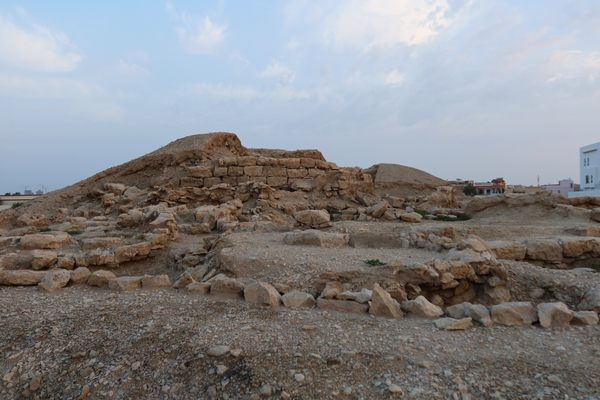


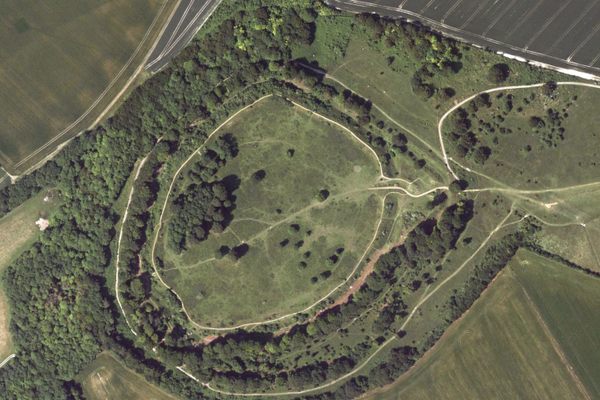
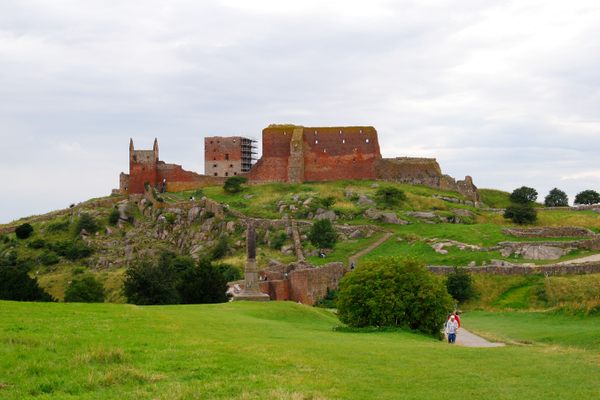

Follow us on Twitter to get the latest on the world's hidden wonders.
Like us on Facebook to get the latest on the world's hidden wonders.
Follow us on Twitter Like us on Facebook